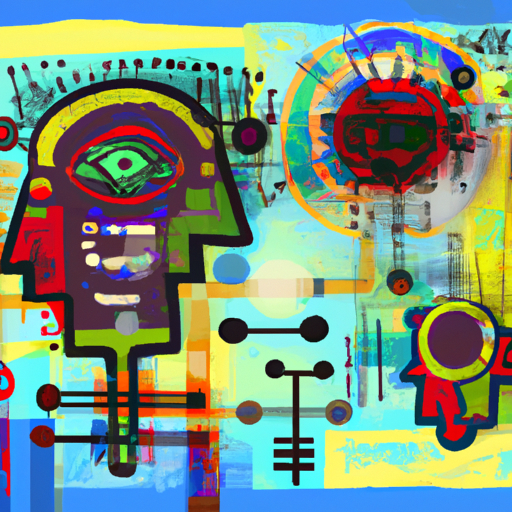Welcome to our article on Understanding Alan Turing’s framework for AI’s true intelligence – the Turing Test. In this article, we will explore the concept of machine intelligence and how the Turing Test is used as a measure to determine if a machine can exhibit human-like intelligence. From its inception to its relevance in the modern age, we will delve into the intricacies of this test and its impact on the field of Artificial Intelligence. So, let’s dive right in and unravel the secrets of the Turing Test!
What is the Turing Test?
The Turing Test, devised by the brilliant mathematician and computer scientist Alan Turing in 1950, is a test to determine a machine’s ability to exhibit intelligent behavior indistinguishable from that of a human. The test involves a human evaluator engaging in a natural language conversation with a machine and a human, not knowing which is which. If the evaluator is unable to consistently differentiate between the two, the machine is said to have passed the test.
Notably, the Turing Test does not assess a machine’s ability to mimic human intelligence perfectly, but rather its ability to convincingly simulate human-like responses and behavior. Turing believed that if a machine could pass as human in a conversation, it could be considered intelligent in a cognitive sense.
The Importance and Limitations of the Turing Test
The Turing Test holds significant importance in the field of Artificial Intelligence as it presents a benchmark for evaluating the progress of machine intelligence. It challenges researchers and developers to create machines that can replicate human-like behavior, pushing the boundaries of AI development.
However, it is important to note the limitations of the Turing Test. Critics argue that passing the test does not necessarily equate to true intelligence as it primarily focuses on a machine’s ability to imitate human behavior, rather than understanding the underlying principles. A machine may successfully trick an evaluator into thinking it is human, but it may lack genuine comprehension or consciousness.
The Turing Test is also dependent on the skill of the evaluator. If the evaluator lacks expertise or training in detecting machine-like cues, a machine with average capabilities may pass the test. This aspect highlights the subjectivity of the test and the need for continual refinement.
Development and Impact on AI Research
Since its introduction, the Turing Test has spurred significant advancements in AI research and development. It has served as a guiding principle for researchers striving to create machines capable of human-level intelligence. The test has led to the development of sophisticated natural language processing algorithms, machine learning techniques, and advanced chatbot systems.
One notable example of the Turing Test’s impact is the Loebner Prize, an annual competition that awards the most human-like conversational AI program. The competition drives the development of AI systems that can engage in rich and coherent dialogues, pushing the boundaries of what machines can achieve.
Moreover, the Turing Test offers a framework for discussing the philosophical implications of artificial intelligence. It invites debate on the nature of intelligence, consciousness, and the ethical considerations surrounding the creation of highly intelligent machines. These discussions have led to valuable insights and shaped the direction of AI research.
The Modern Relevance
In today’s world, the Turing Test remains an influential concept as AI technology continues to advance rapidly. While machines have not achieved a universal passing score, conversational AI systems have become increasingly sophisticated. Chatbots, virtual assistants, and voice recognition technologies exemplify the practical applications of the Turing Test in our daily lives.
However, as AI progresses, new challenges and questions emerge. Developers strive for advancements beyond the mimicry of human behavior, aiming for machines capable of true understanding, creativity, and empathy. As we venture further into the world of AI, the Turing Test serves as a crucial touchstone, guiding us towards the development of machines with increasingly advanced cognitive capabilities.
In conclusion, the Turing Test, formulated by Alan Turing, lays the groundwork for assessing machine intelligence. While it has its limitations, this test has been instrumental in driving AI research and shaping the field’s trajectory. As the boundaries of AI continuously expand, the Turing Test remains a crucial concept, enabling us to measure the progress of machine intelligence and explore the profound implications of creating machines that exhibit human-like intelligence.
